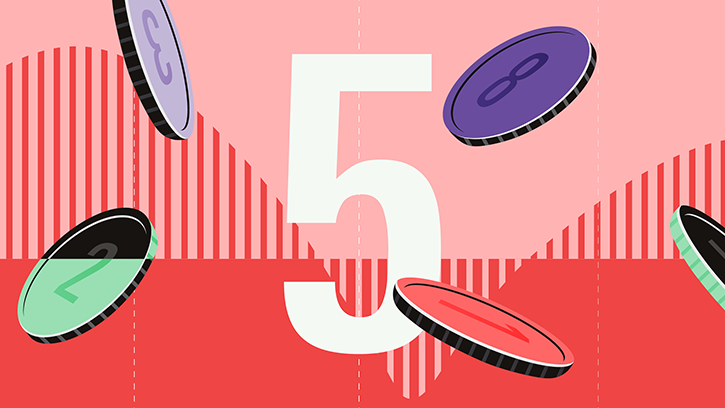![]() BHP Billiton (BLT) reported a better-than-expected 31% increase in first-half 2014 earnings to $7.8 billion. However, excluding the $491 million gain on re-measurement of the deferred tax asset associated with the mineral resources rent tax, $7.3 billion is closer, though still ahead, of our pre-result forecast of $ 6.7 billion. The driver of outperformance was copper, with earnings before interest and tax doubling to $2.9 billion on higher pricing and lower unit costs, reflective of higher grades.
BHP Billiton (BLT) reported a better-than-expected 31% increase in first-half 2014 earnings to $7.8 billion. However, excluding the $491 million gain on re-measurement of the deferred tax asset associated with the mineral resources rent tax, $7.3 billion is closer, though still ahead, of our pre-result forecast of $ 6.7 billion. The driver of outperformance was copper, with earnings before interest and tax doubling to $2.9 billion on higher pricing and lower unit costs, reflective of higher grades.
The petroleum division was another first-half 2014 outperformer, important given it's a low-cost, long-term growth driver that contributes to the company's narrow moat. Petroleum is a key back-up to the main narrow moat driver, low-cost Pilbara iron ore. It is pleasing to see iron ore's earnings before tax contribution fall from 56% to 52% of group total in first-half fiscal 2014, as copper and petroleum pick up more of the slack.
Despite hefty iron ore expansion programs, we expect iron ore to normalise to about 35% to 40% of earnings before interest and tax by 2016 as prices soften to our long-term $90 per tonne forecast, versus $125 currently, and as petroleum grows from 20% of earnings before tax now to about 30%, in line with U.S. shale volume expansion. This dynamic is in contrast to ![]() Rio Tinto (RIO) where iron ore represents more than 90% of second-half 2013 earnings before tax and is unlikely to fall much below 65%, even in the long term. That's fine while iron ore chugs along nicely, but there is danger in having all your eggs in one basket.
Rio Tinto (RIO) where iron ore represents more than 90% of second-half 2013 earnings before tax and is unlikely to fall much below 65%, even in the long term. That's fine while iron ore chugs along nicely, but there is danger in having all your eggs in one basket.
BHP Billiton has a healthy share of the world's largest and lowest-cost mines. These are readily expandable and BHP has been investing billions of dollars to that end. It has increased iron ore production by about 50% during the past three years. Most recently the firm approved expenditure, including Rapid Growth Project 6, that will increase installed Western Australian capacity 10% to 240 million tonnes per year by 2016.
Mining companies are largely producers of undifferentiated commodities. In the long run, they have been price-takers, not price-makers. But firms such as BHP have gained more say with growing concentration because of takeovers and mergers. We assign BHP a narrow moat rating (competitive advantage over peers). The breakdown of the traditional iron ore contract pricing system in favour of an index-based mechanism, reflective of industry fundamentals, is a boon to miners and evidence of the not-so-subtle shift in power.





























